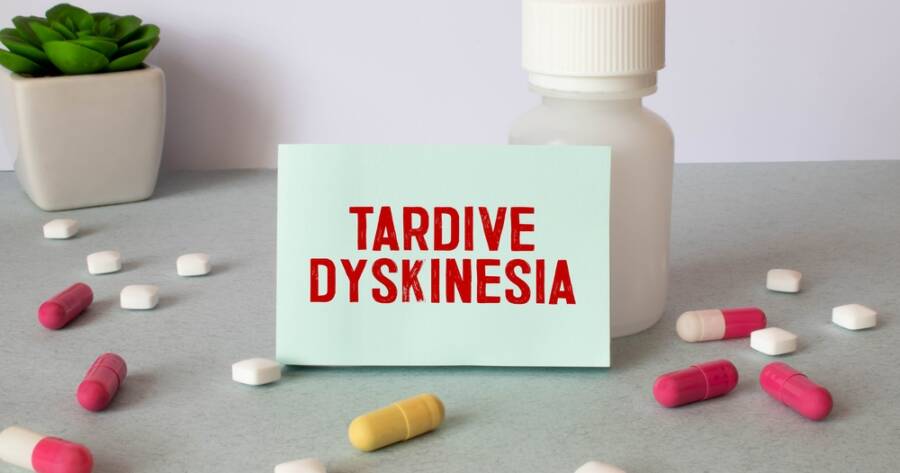Tardive Dyskinesia (TD) is a condition marked by involuntary movements due to certain medications, particularly antipsychotics. While symptoms such as facial grimacing and tongue protrusion are challenging, understanding the causative drugs, recognizing early signs, and navigating treatment options provide a pathway to managing the disorder. Patients and providers must collaborate to optimize care and minimize impact.
Understanding Tardive Dyskinesia
Tardive Dyskinesia (TD) is a serious movement disorder predominantly resulting from the use of certain medications that block dopamine receptors in the brain. This condition is characterized by repetitive, involuntary movements, which can affect the face, tongue, neck, and limbs.
Among the most common medications associated with TD are first-generation, or typical, antipsychotics such as chlorpromazine and haloperidol. These drugs are often prescribed to manage mental health conditions like schizophrenia, bipolar disorder, and depression due to their ability to block dopamine.
Medications Causing Tardive Dyskinesia
While first-generation antipsychotics are a leading cause, tardive dyskinesia can also develop from the use of second-generation, or atypical, antipsychotics like aripiprazole. These atypical neuroleptics tend to cause TD less frequently.
Additionally, certain antidepressants, mood stabilizers, antiseizure medications, and even some antiemetics may induce symptoms of tardive dyskinesia and interfere with normal movement patterns. Long-term use of these medications increases the risk, with factors such as genetic predispositions, age, and other medical conditions influencing the likelihood of developing TD.
Symptoms and Diagnosis
Recognizing tardive dyskinesia early is crucial for effective management. Symptoms include involuntary facial grimacing, lip smacking, tongue protrusion, and repetitive finger movements.
In severe cases, symptoms can progress to oculogyric crises or respiratory dyskinesia, which are more serious and potentially life-threatening. Early diagnosis can help healthcare professionals tailor treatment approaches, potentially adjusting medications to alleviate symptoms by recognizing involuntary movements.
Treatment Options
Treatment for tardive dyskinesia focuses on managing symptoms and minimizing their impact on daily life. Two FDA-approved medications, Ingrezza (valbenazine) and Austedo (deutetrabenazine), have shown efficacy in controlling the symptoms of TD.
Switching from a first-generation to a second-generation antipsychotic may also reduce the risk or severity of symptoms. In some cases, physicians may recommend benzodiazepines, or even deep brain stimulation, for severe or persistent symptoms.
Prevention Strategies
Given the potential chronic nature of tardive dyskinesia, prevention plays a critical role in management. Monitoring patients for early signs of uncontrolled movements and regularly assessing medication doses can mitigate risks. Healthcare providers often advise the lowest effective doses and carefully consider the necessity of any high-risk medications.
Ongoing dialogue between patients and healthcare providers is essential to balance the benefits of the medication against its risks to minimize drug exposure. The inclusion of antioxidants like BCAAs in treatment regimens has been proposed as a potential preventive measure.
Long-Term Implications
While some patients may experience a remission of symptoms with appropriate intervention, tardive dyskinesia can be a permanent condition for others. It is essential for patients and providers to work closely to implement personalized treatment plans that address the unique needs of each individual. Risk factors, such as older age and concomitant medical conditions, should be continually assessed to refine treatment plans effectively.
Learn More About Tardive Dyskinesia
Understanding tardive dyskinesia is crucial for anyone taking medications known to cause this condition. Recognizing the symptoms and knowing when to consult healthcare professionals can dramatically improve patient outcomes.
With advancements in treatments and personalized care plans, managing this movement disorder is becoming more feasible. Staying educated and vigilant is key for those at risk, ensuring they are fully informed about the medications they use and the potential side effects they may encounter.
Sources
Detailed information about medications





